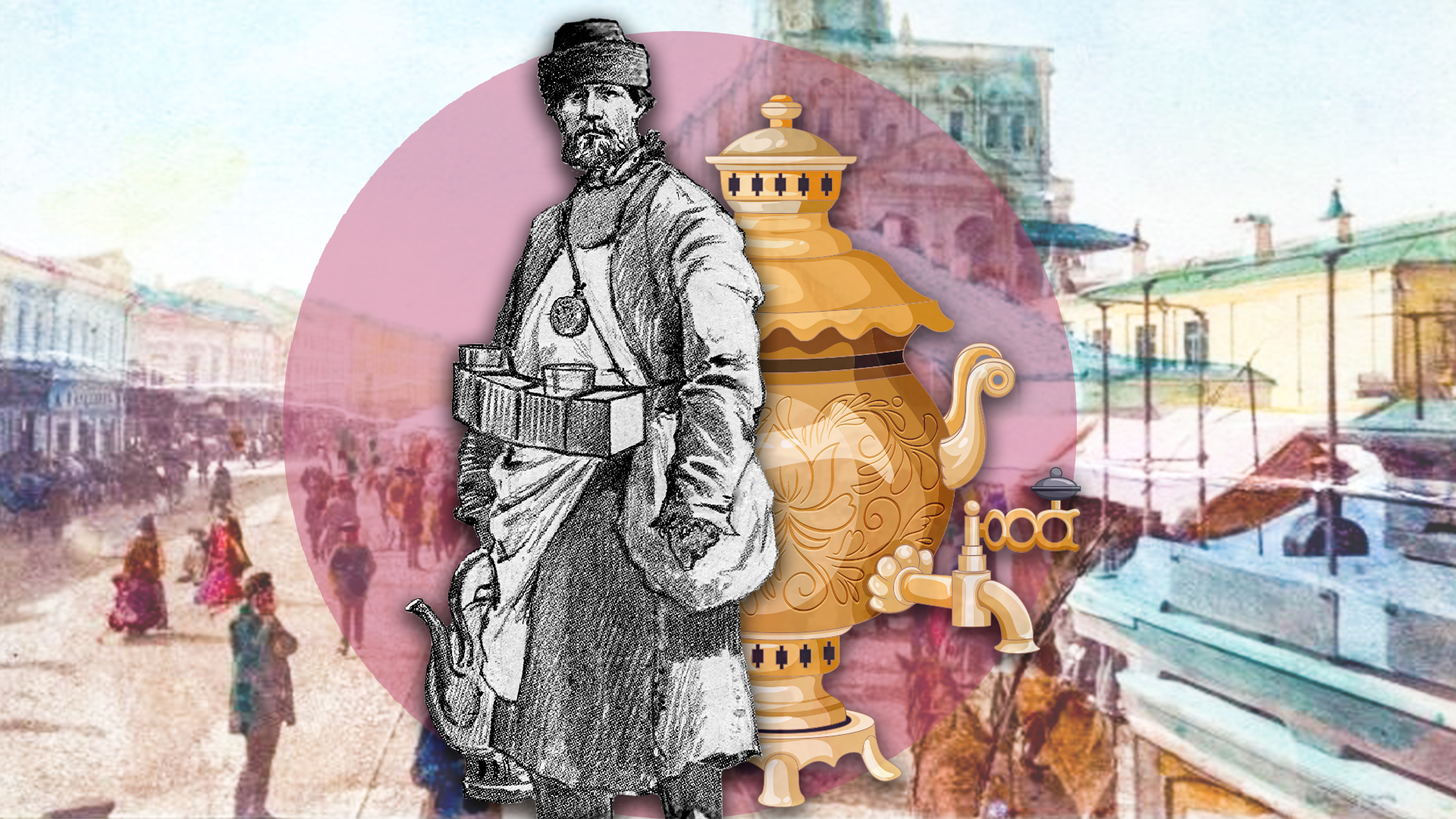
6 KEY questions about the Cold War

1. What was the Cold War?
 From left: British prime minister Churchill, the American President Harry S. Truman, the Soviet head of state Joseph Stalin.
From left: British prime minister Churchill, the American President Harry S. Truman, the Soviet head of state Joseph Stalin.
The Cold War is defined as a rivalry between the U.S. and the Soviet Union and their respective allies. The rivalry crystallized a few years after the defeat of Nazi Germany in 1945. Soon, it transformed into a full-fledged enmity that spilled over into ideological, economic, scientific, military and other spheres where the two superpowers tried to outperform one another.
It lasted for over 45 years and officially ended with the dissolution of the USSR in 1991.
2. Who started it?

Although debates are ongoing as to who bears primary responsibility for starting the Cold War, it is only fair to argue that both the U.S. and the USSR contributed to the escalating tensions.
Bearing the fruit of the hard-earned victory and seeking to eliminate the mere possibility of another devastating attack on the Soviet Union, the Kremlin sought to strengthen its position in Europe after WWII. Thus, Moscow installed left-wing governments in some of the East European countries that the Red Army had liberated from Nazi occupation. For ideological reasons underpinning the communist ideology, the Soviet Union also proclaimed the desire and intention to spread communism throughout the entire world.
On the other hand, the U.S. seized a unique opportunity to spread its influence over weakened Europe and thus emerge as a dominant force in world politics after a prolonged period of political isolation. Countering the Soviet aspirations to install communist governments in Europe was only natural for the U.S., which aspired to become a global superpower.
The Cold War intensified when Washington announced it was implementing a massive restoration plan for Europe - known as the Marshall Plan - as well as introducing the so-called Truman Doctrine, a policy that pledged support for democracies against authoritarian threats: this basically meant that the U.S. would contain Soviet expansion anywhere in the world. On top of that, NATO was soon formed.
3. Was it inevitable?
 Soviet leader Nikita Khrushchev.
Soviet leader Nikita Khrushchev.
In a way, it was. We certainly don’t know how history would have played out, had the U.S. or the USSR acted any differently from what they did. However, in retrospect, there were so many factors that contributed to igniting the Cold War that it is safe to assume there was simply no way around this for either Moscow or Washington.
For one, Germany lost all of its influence in Europe, and left a power void that was quickly filled by the Soviet Union and the U.S., making the two countries natural rivals. Conflicting ideologies did not help to make the relations amicable either. Both countries acquired nuclear weapons at the beginning of the Cold War hostilities making them the leading powers in the world. All these factors combined almost certainly make the Cold War look inevitable in retrospect. Besides, we will never know for sure if it was ever possible to avert this grand geopolitical rivalry.
4. Why was it “cold”?
 A P2V Neptune U.S. patrol plane flies over a Soviet freighter during the Cuban missile crisis in this 1962 photograph.
A P2V Neptune U.S. patrol plane flies over a Soviet freighter during the Cuban missile crisis in this 1962 photograph.
The global standoff between the U.S. and the Soviet Union was known as “cold” because it never turned into an open war between the two superpowers. The term “Cold War” was coined in 1945 by George Orwell who foresaw a period of history characterized by the rivalry of states that were “at once unconquerable and in a permanent state of ‘cold war’ with its neighbors.”
His prediction came true with incredible accuracy: the U.S. and the USSR were unconquerable for they had massive stockpiles of nuclear weapons and were entrapped into a permanent conflict with one another at the same time.
5. How close did it come to turning into a real war?

Pretty close. In fact, the Cold War manifested itself in multiple proxy wars in which the U.S. and the USSR fought each other indirectly by supporting opposite sides in bloody conflicts sparked in different corners of the globe.
The wars in Korea, Vietnam, Congo, Angola, Afghanistan, and other countries were by and large products of the Cold War. Many people died throughout these conflicts, including Soviet and American servicemen. However, they were never regarded as open military confrontations between the U.S. and the USSR. Instead, Moscow and Washington saw them as part of the efforts to spread their respective ideologies and undermine the position of their Cold War rival in various parts of the world, all at the cost of local populations, who endured enormous suffering, but also extracted some benefits from aligning with one of the two rival sides.
In some instances during the Cold War, the U.S. and the USSR came close to spiraling into a direct war with one another. For example, during the Cuban Missile Crisis of 1962, when the world came quite close to WWIII. A technical mistake could have caused a nuclear war between the two countries in 1983, but the apocalypse was averted thanks to Soviet officer Stanislav Petrov, who decided not to launch a nuclear strike on the U.S. following a false alarm.
6. Who won?
 Moscow in August 20, 1991. A coup d'état attempt in the USSR.
Moscow in August 20, 1991. A coup d'état attempt in the USSR.
When the Soviet Union ceased to exist in 1991, the U.S. was the ”last man standing" in the Cold War standoff.
However, historians disagree on whether the U.S. can be justly credited with “winning” the Cold War, because it is not clear what the primary reason for the USSR's collapse was.
One can make the argument that the U.S. depleted the Soviet resources through expensive proxy wars and an outrageously expensive nuclear arms race. However, some argue that the U.S. was merely a witness to the USSR’s collapse, as the communist superpower disintegrated due to a number of internal problems, such as the inefficiency of the planned economy, huge military spending, corruption, totalitarian rule of the communist party, and absence various freedoms including the freedom of speech.
Even if Washington considered the collapse of its rival an unequivocal victory, the post-Cold War era presented many new challenges for the U.S. leading some people to argue that the U.S. became a declining power in international politics after it lost its archenemy in the face of the USSR.
By the same token, one can make an argument that the collapse of the USSR marked the “end-point of mankind's ideological evolution.” Indeed, many people believed this in the early 1990s even though the unfolding post-Cold War era made many people doubt the validity of this argument.












